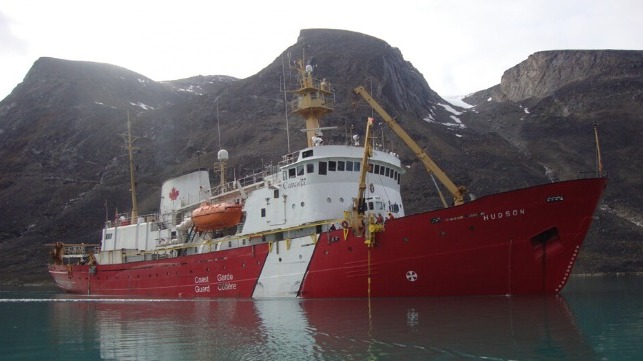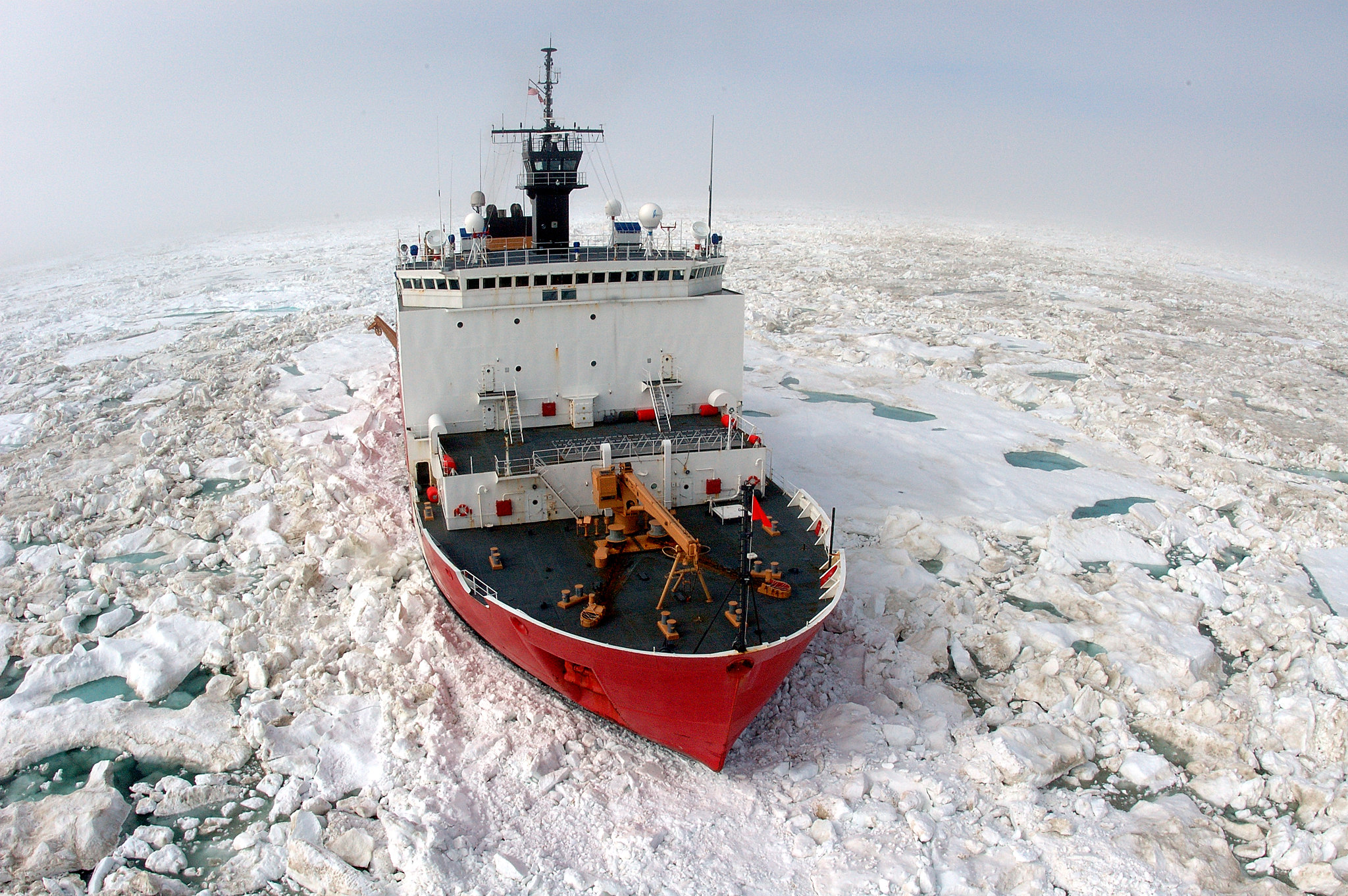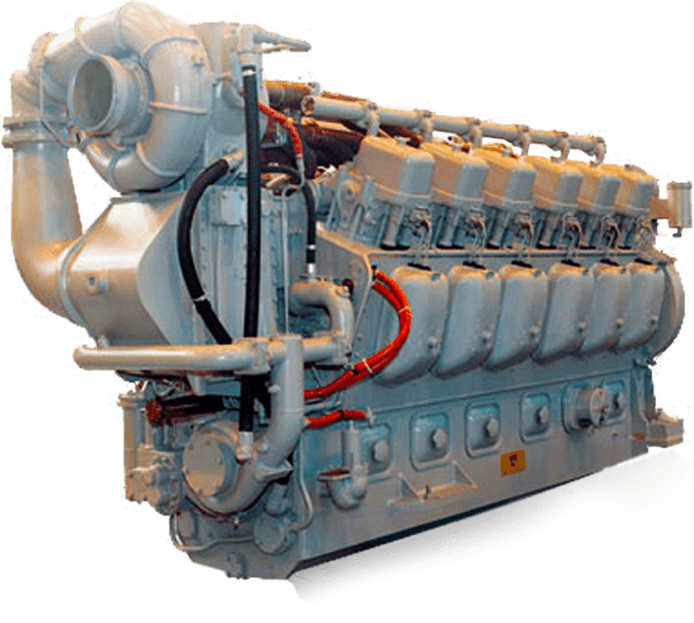In early 1939, with the risk of war with
Nazi Germany increasing, it was clear to
the Royal Navy that it needed more escort ships to counter the threat from
Kriegsmarine U-boats. One particular concern was the need to protect shipping off the east coast of Britain. What was needed was something larger and faster than
trawlers, but still
cheap enough to be built in large numbers, preferably at small merchant shipyards, as larger yards were already busy. To meet this requirement, the
Smiths Dock Company of
South Bank -on-Tees, a specialist in the design and build of fishing vessels,
offered a development of its 700-ton, 16 knots (18 mph; 30 km/h) whaler (whale catcher) Southern Pride.
[6][7] They were intended as small convoy escort ships that could be produced quickly and cheaply in large numbers. Despite naval planners' intentions that they be deployed for coastal convoys, their long range meant that they became the mainstay of
Mid-Ocean Escort Force convoy protection during the first half of the war.
The Flower class became an essential resource for North Atlantic convoy protection until larger vessels such as
destroyer escorts and
frigates could be produced in sufficient quantities.
The simple design of the Flower class using parts and techniques (scantlings) common to merchant shipping meant they could be constructed in small commercial shipyards all over the
United Kingdom and
Canada, where larger (or more sophisticated) warships
[8] could not be built. Additionally,
the use of commercial triple expansion machinery instead of steam turbines meant the largely Royal Naval Reserve and Royal Naval Volunteer Reserve crews that were manning the corvettes would be familiar with their operation.















